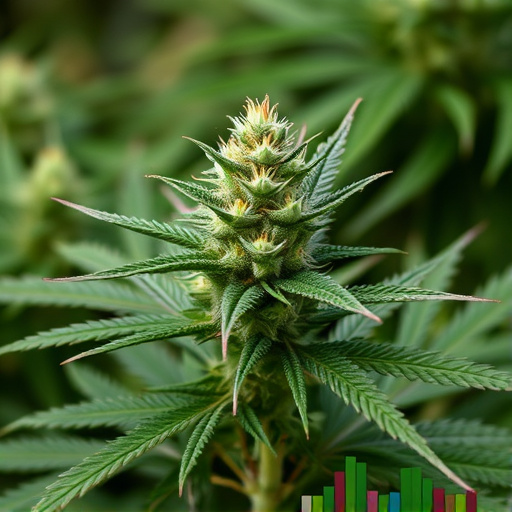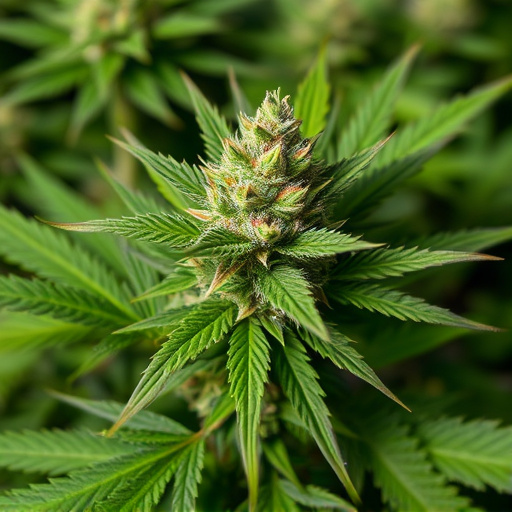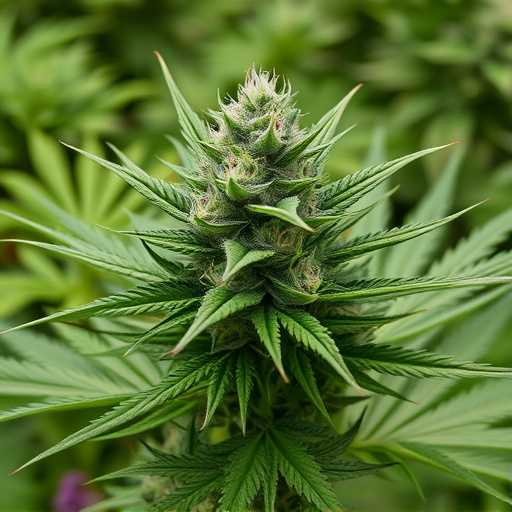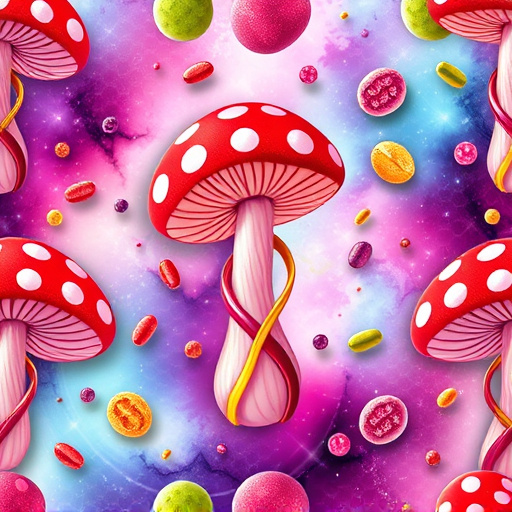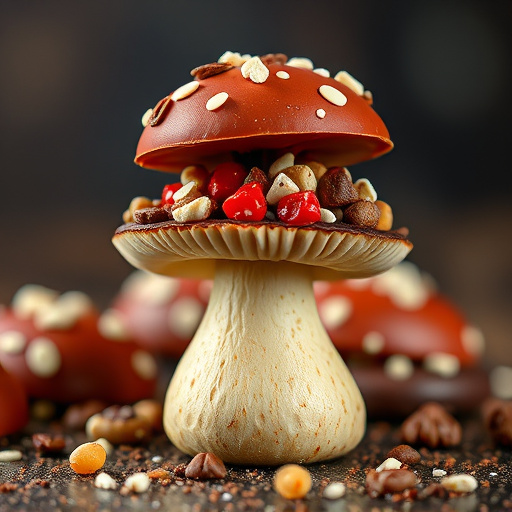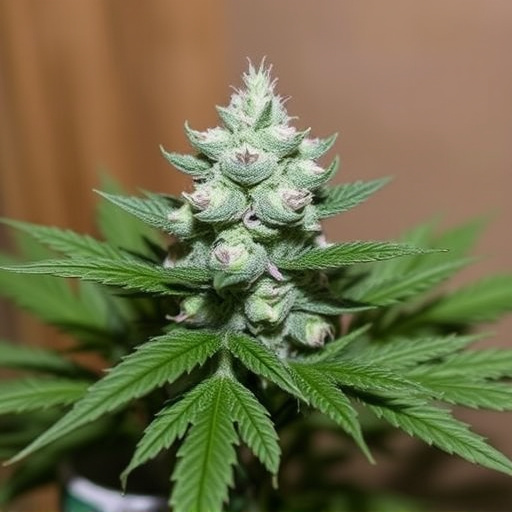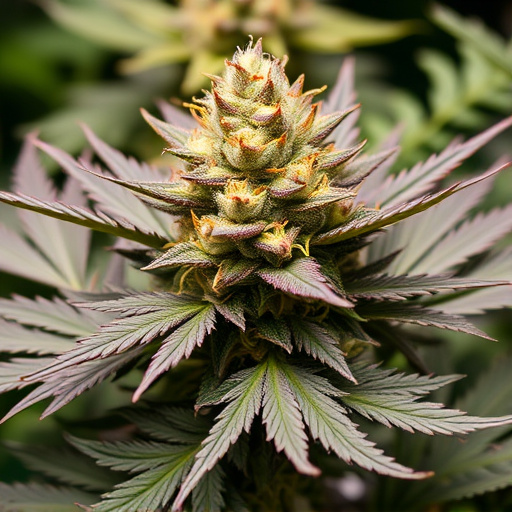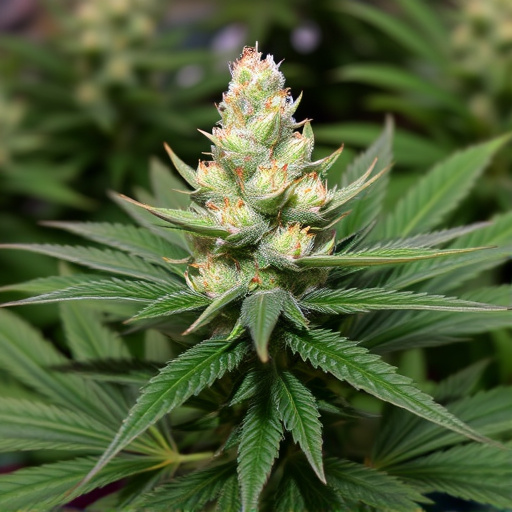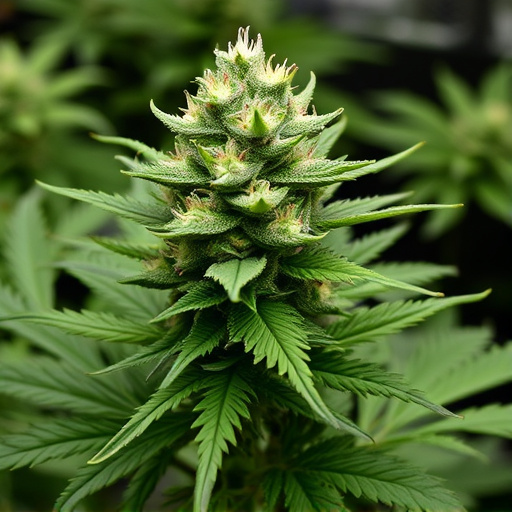Cannabis plants, including award-winning cannabis cup winners, grow best in either indoor or outdoor settings. Indoor cultivation provides controlled conditions for year-round production of high-quality strains through precise temperature, humidity, light, and nutrient management. Outdoor growing leverages natural sunlight, ecosystems, and seasonal changes to produce robust plants with diverse flavors but requires more vigilance against pests, diseases, and weather unpredictability.
Discover the art of cannabis cultivation as we explore the distinct differences between indoor and outdoor-grown flowers. This article delves into the unique characteristics shaped by their respective environments, from growth conditions to the very strains that win top accolades at events like the Cannabis Cup. Uncover how each setting influences quality, yield, and terpene profiles, ultimately shaping the cannabis experience.
- Growth Environments: Indoor vs Outdoor
- – Discussion on the contrasting growth conditions for cannabis flowers.
- – Benefits and challenges of each setting.
Growth Environments: Indoor vs Outdoor

Cannabis plants, whether of award-winning cannabis cup strains or otherwise, thrive in distinct environments that dramatically impact their growth and final characteristics. The primary distinction lies in the growth settings: indoors versus outdoors. Indoor cultivation involves controlled settings within a greenhouse or specialized facility. Growers meticulously regulate temperature, humidity, light cycles, and nutrient delivery to optimize plant development. This method allows for year-round cultivation, enabling farmers to nurture plants under ideal conditions, often leading to higher quality and potent cannabis cup winning strains.
In contrast, outdoor growing occurs in natural settings, leveraging sunlight, ambient temperatures, and local ecosystems. Plants grown outdoors are exposed to varying weather conditions, offering a unique set of challenges and benefits. Many cannabis enthusiasts appreciate the earthy, natural flavors that outdoor cultivation imparts on certain strains. However, outdoor plants may face threats from pests, diseases, and unpredictable climate changes, which can affect their overall health and yield.
– Discussion on the contrasting growth conditions for cannabis flowers.
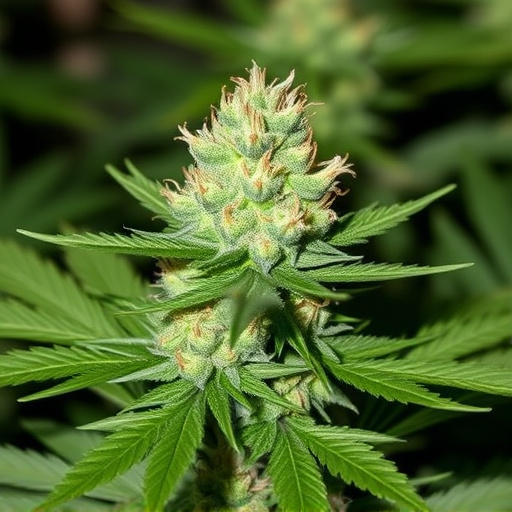
Cannabis flowers, whether grown indoors or outdoors, are subject to distinct environmental conditions that shape their development and final characteristics. Indoor cultivation involves controlled settings with precise temperature, humidity, and lighting adjustments, allowing growers to optimize specific traits of cannabis cup winning strains. This method enables the cultivation of plants in regions where outdoor growing is impractical or illegal, providing a consistent supply throughout the year.
In contrast, outdoor cannabis flowers thrive under natural sunlight, varying temperatures, and humidity levels. Seasonal changes, such as shifts in daylight duration and temperature, influence the plant’s growth cycle and terpene profiles. Outdoor cultivation allows for a broader range of genetic expressions, often resulting in robust plants with unique flavors and aromas. However, outdoor conditions can be less predictable, making it challenging to maintain consistent quality and yield without careful monitoring and intervention.
– Benefits and challenges of each setting.
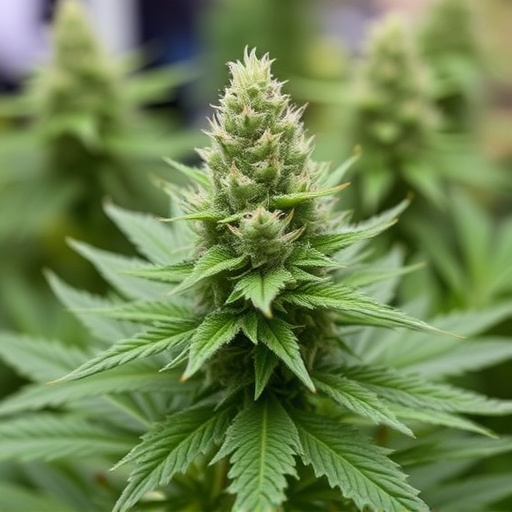
Indoor Cannabis Cultivation:
Growing cannabis indoors offers a controlled environment, allowing for precise temperature, humidity, and lighting adjustments. This setup is ideal for cultivating high-quality, potent cannabis cup winning strains. Indoor gardens can produce consistent yields with optimal conditions tailored to each plant’s needs. Advanced hydroponic systems and nutrient solutions further enhance productivity. However, challenges include maintaining a constant schedule, as plants require 18-24 hours of light daily, often requiring manual adjustments. Space is also a factor; large, spacious rooms are necessary to accommodate mature plants.
Outdoor Cannabis Cultivation:
Natural sunlight and outdoor environments provide unique benefits for cannabis plants. Outdoor cultivation allows for natural airflow, promoting robust plant growth and potentially higher THC levels. Many cannabis cup winning strains thrive in open spaces, where they can receive adequate sunlight and experience seasonal changes. However, outdoor gardening is more susceptible to pest attacks, disease outbreaks, and unpredictable weather conditions. Growers must invest in security measures to protect their crops and be prepared for potential losses. Despite these challenges, outdoor cultivation offers a more natural approach, often resulting in distinct, flavorful strains.
In the pursuit of cultivating optimal cannabis cup winning strains, understanding the nuances between indoor and outdoor growth environments is paramount. Each setting presents unique advantages and considerations. Indoors, control over factors like light, temperature, and humidity allows for precise cultivation, enabling growers to optimize traits like terpene profiles and resin production. However, this controlled environment comes with challenges such as increased energy costs and the need for specialized equipment. Outdoors, cannabis plants thrive in natural sunlight, fresh air, and varying environmental conditions, often leading to robust, aromatic strains. Yet, unpredictable weather patterns and potential pest pressures require vigilant monitoring. By weighing these differences, growers can make informed decisions to nurture cannabis cup contenders that meet their desired standards, whether in a controlled indoor sanctuary or the open outdoors.
